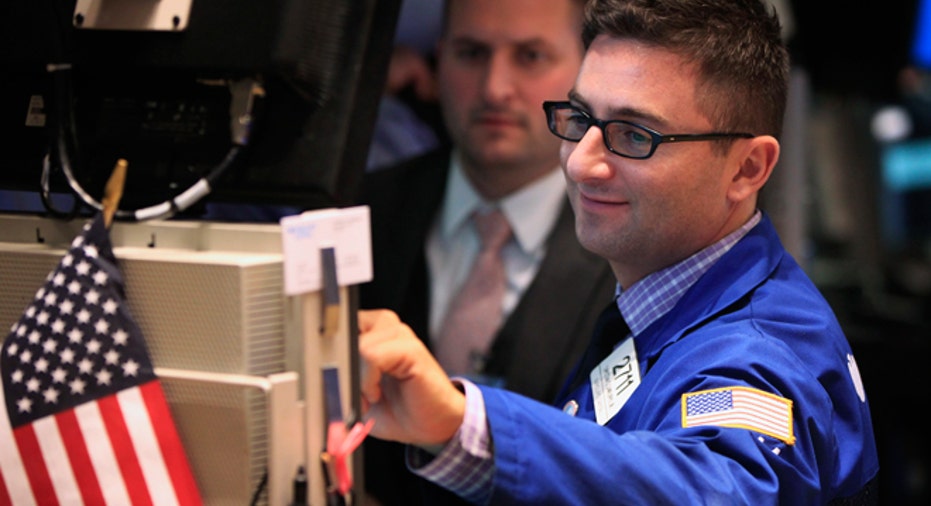Wall Street's Fear Gauge Plunges as Brexit Fears Wane

The CBOE Volatility Index, simply referred to as the VIX on Wall Street, tumbled to 21.38% on Tuesday to 18.75. It was the biggest one-day drop since October 2013 as worries waned about how the United Kingdom’s vote to leave the European Union would negatively impact the world economy.
The so-called fear gauge, which surged more than 40% to a 4-1.2 year high on Friday following the so-called Brexit vote, fell as equity markets around the world rallied. U.S. stocks closed the second trading day of the week at session highs as the Dow Jones Industrial Average and the S&P 500 posted gains of more than 1.5%, while the Nasdaq ended up 2.12%.
The VIX is used as a way for investors to insure against big market moves – as the index rises, it signals market participants are worried about heightened volatility; as it falls, it means investors aren’t willing to pay up for that protection. Andy Kapyrin, director of research at Regent Atlantic, said the moves of the past two days indicate the bottom for the market’s Brexit response and investors are paying a lot less to hedge against the potential for sharp moves in the coming weeks.
“Investors in general are just struggling with what Brexit means. It’s definitely a bad thing for Europe but whether it should impact the U.S. at all, they’re struggling to find an answer, and that’s been the cause of a lot of the volatility we’re seeing – it’s just uncertainty,” he explained.
Kapryin continued that the bounce across traditionally risky asset classes on Tuesday showed Wall Street likely understands Britain’s final departure from the EU won’t come any time soon.
Investors’ confidence was bolstered by remarks from German Chancellor Angela Merkel at a news conference in Berlin late Monday who said there will be “nor formal or informal talks” with Britain until it invokes Article 50. That rule, a component of the Treaty of Lisbon, states that any EU member state wishing to withdraw its membership in the EU must do so in accordance with its own constitutional requirements and notify the EU of its intent. Once it is invoked, a two-year countdown will begin for the two sides to hammer out an exit deal.
U.K. Prime Minister David Cameron, who announced last Friday his intent to step down from his post after his stunning referendum loss, has said he will not be the PM to invoke the rule, that it is a job for the next leader of the nation.
“That Britain is thinking about the best approach to carrying out the mandate by the vote is a calming influence telling investors that it won’t happen haphazardly, that people are approaching it soberly despite rhetoric out of continental Europe by people angry at the decision the U.K. made,” Kapryn said.
Still, with the number of wild cards in play for the U.S. economy and the global economy as a whole, including diverging monetary policy and corporate earnings season looming on the horizon, investors might be reluctant to trust Tuesday’s relief rally.
“[The move] indicates that investors believe the large moves in the S&P 500 are mostly over and the next one to two months should be a return to the average for this year. Although Europe and especially the U.K. have a lot of uncertainty, the United States is not expected to be affected by Brexit nearly as much,” Chris Zaccarelli, chief investment officer for Cornerstone Financial Partners said.
He noted, though, with the VIX closing at 18.75, it’s above the pre-Brexit close of 17.25 on Thursday and higher than the 18.06 year-to-date average.
Still, Kapryin said, in his view, it would likely take heated rhetoric out of Europe to make the VIX spike again, and he sees such a move as unlikely.
“The biggest thing to move markets now will be earnings. We’re waiting for U.S. companies to post profit growth again, which they haven’t done for five quarters. If they do it now, it could be really healthy and stocks would rally,” he predicted.